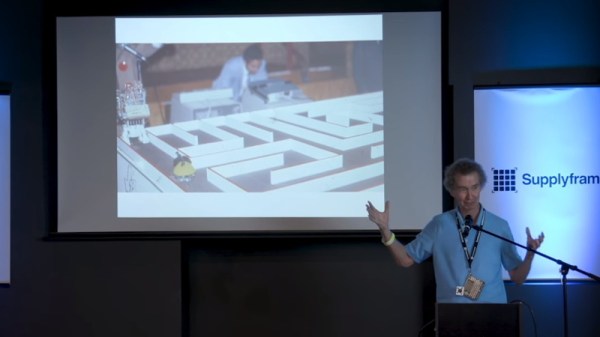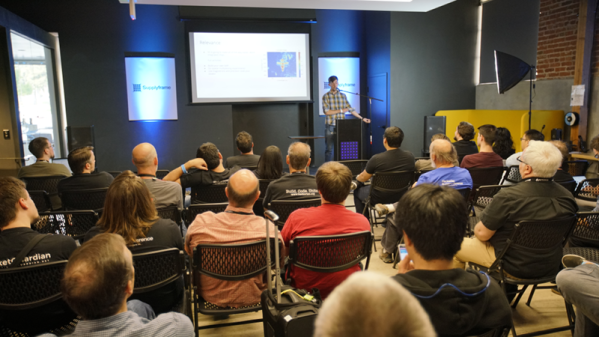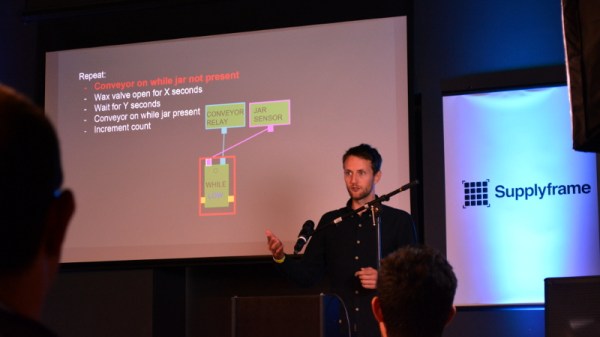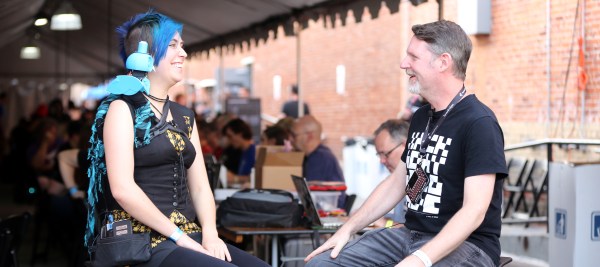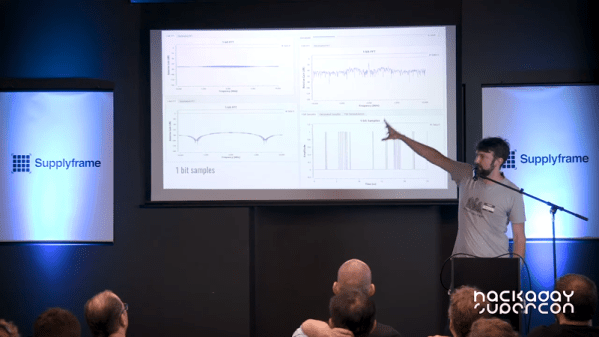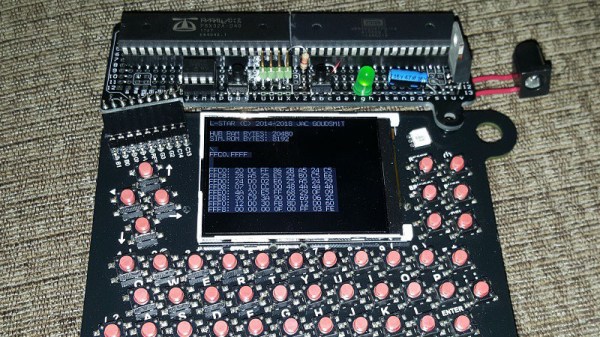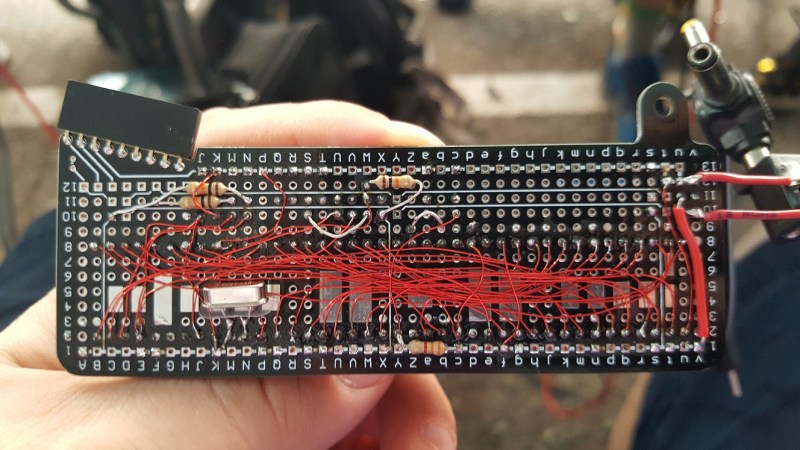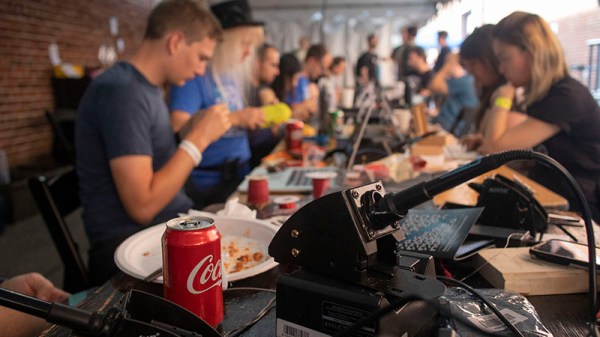The phrase “Hindsight is 20/20” is one of those things that we all say from time to time, but rarely have a chance to truly appreciate to the fullest. Taken in the most literal context, it means that once you know the end result of a particular scenario, you can look back and clearly see the progression towards that now inescapable endgame. For example, if you’re stuck on the couch with a bad case of food poisoning, you might employ the phrase “Hindsight is 20/20” to describe the decision a few days prior to eat that food truck sushi.
Then again, it’s usually not that hard to identify a questionable decision, with or without the benefit of foreknowledge. But what about the good ones? How can one tell if a seemingly unimportant choice can end up putting you on track for a lifetime of success and opportunity? If there’s one thing Michael Rigsby hopes you’ll take away from the fascinating retrospective of his life that he presented at the 2018 Hackaday Superconference, it’s that you should grab hold of every opportunity and run with it. Some of your ideas and projects will be little more than dim memory when you look back on them 50 years later, but others might just end up changing your life.
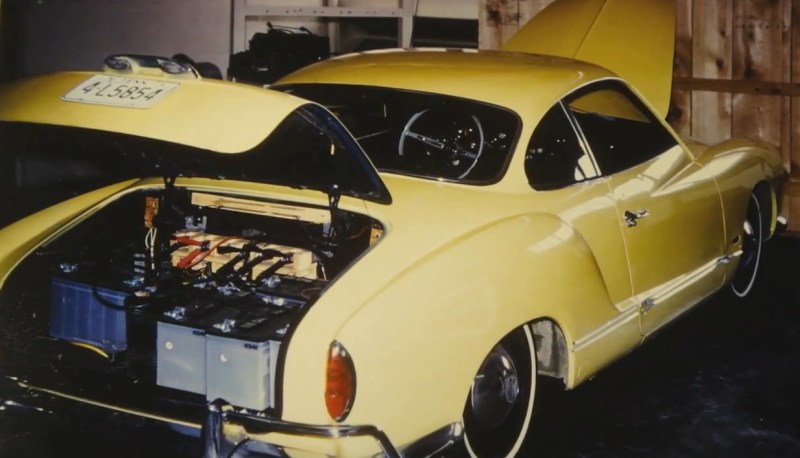
Of course, it also helps if you’re the sort of person who was able to build an electric car at the age of nineteen, using technology which to modern eyes seems not very far ahead of stone knives and bear skins. The life story Michael tells the audience, complete with newspaper cuttings and images from local news broadcasts, is one that we could all be so lucky to look back on in the Autumn of our years. It’s a story of a person who, through either incredible good luck or extraordinary intuition, was able to be on the forefront of some of the technology we take for granted today before most people even knew what to call it.
From controlling his TRS-80 with his voice to building a robotic vacuum cleaner years before the Roomba was a twinkle in the eye of even the most forward thinking technofetishist, Michael was there. But he doesn’t hold a grudge towards the companies who ended up building billion dollar industries around these ideas. That was never what it was about for him. He simply loves technology, and wanted to show his experiments to others. Decades before “open source” was even a term, he was sharing his designs and ideas with anyone who’d care to take a look.
Continue reading “Inventors Chasing Their Dreams; What It’s Like To Quit Your Job And Hack”

